Ten years of Microsoft Surface: the company’s design team on what comes next
The Microsoft Surface series is a well-established line of premium mobile devices. How are its designers continuing to innovate?
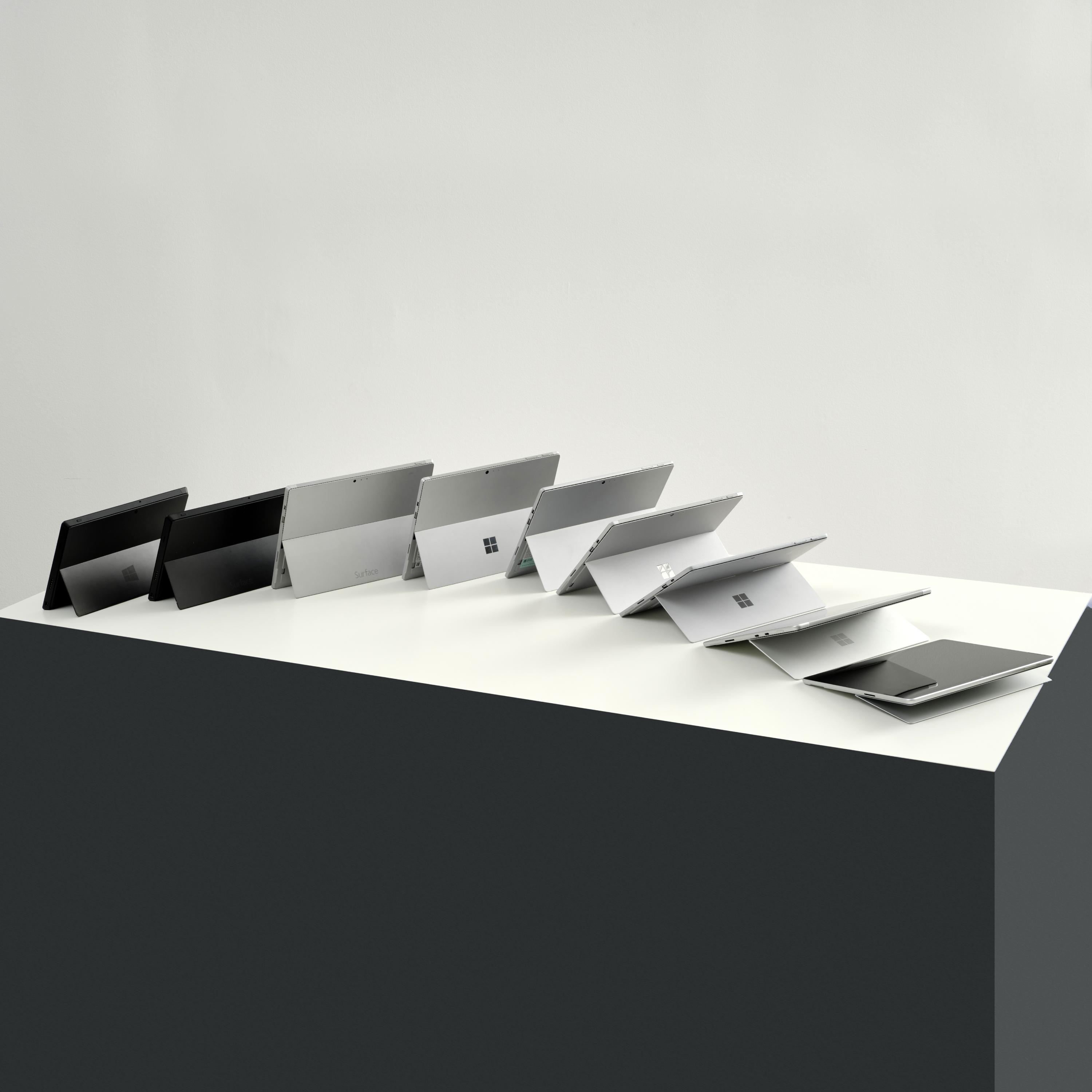
This year marks ten years of the Microsoft Surface family of tablets, laptops, and hybrid computing devices. We caught up with Microsoft’s Ralf Groene, corporate vice president of Design, Windows and Devices, and Pete Kyriacou, corporate vice president of Devices, to talk about the milestone and what hardware means to a company that was born out of software.
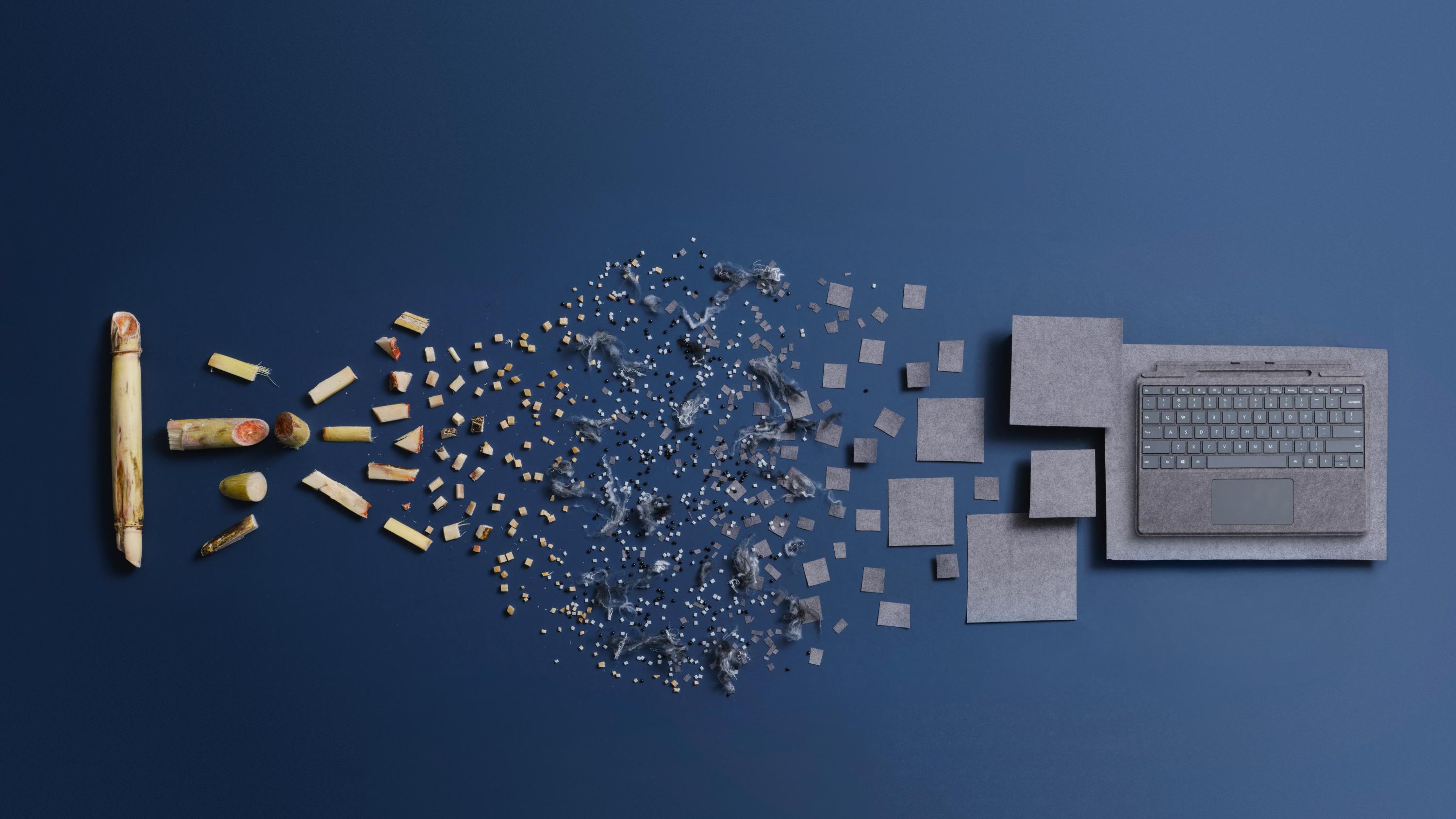
‘I started at Microsoft in 2006,’ says Groene, ‘so obviously I didn't start in the Surface team. I remember a colleague showed us a graph that illustrated how in a couple of years, laptops would overtake desktops. The world was going mobile.’ To take advantage of this more touch-centred new world, the original Surface was developed hand in hand with Windows 8, launched in 2012 with a controversial ‘live tile’ arrangement of apps and icons that was designed explicitly for use with touch screens.

That first device was a tablet, announced in June 2012 as the first PC ever to be designed and distributed by the Seattle-based monolith. It was soon joined by the Surface Pro. Both were hybrid devices, with detachable keyboard/screen covers that turned the tablet into a slender laptop. The key competitor was, of course, the iPad, which had already been on the market for a couple of years.
Groene points out that these devices were born in the early days of large-scale capacitive screens. ‘We wondered how much you needed the mouse and the keyboard,’ he says, ‘although of course a conventional laptop came later.’ As for form factor, although Surface has always used premium materials, it hasn’t strayed terribly far from the Platonic ideal of a laptop form.
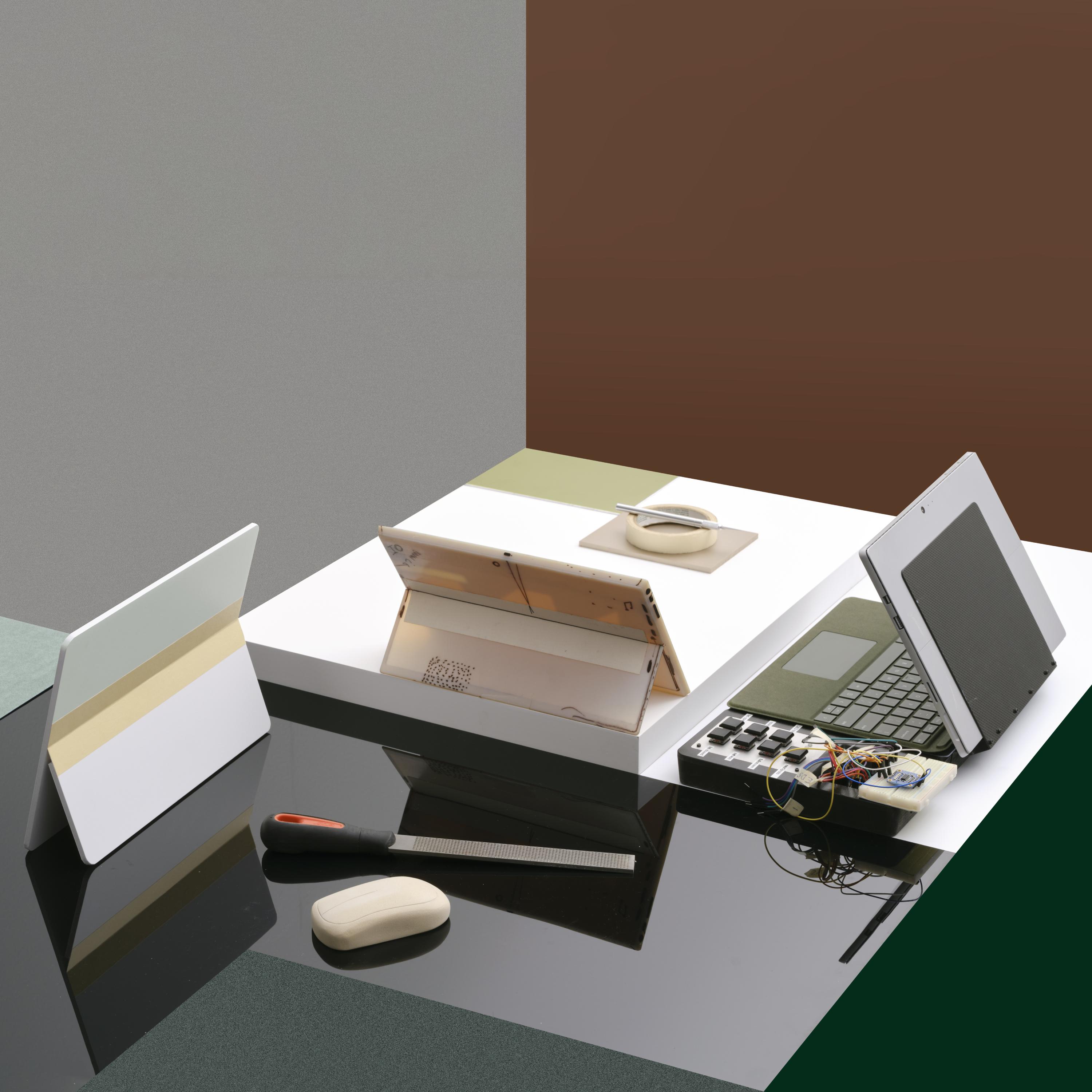
‘It’s like when famous architects design a chair,’ Groene notes. ‘Do they do something whimsical? Do they do something fancy? We had to think how our values would be represented by a laptop.’ Microsoft’s software background drove the innovation, although Groene says the Surface Pen was essentially developed at a time when no software really made great use of it. Nor did divisions like Microsoft Office really embrace the potential for the touch screen.

‘The ability to fail fast is one of our attributes,’ notes Kyriacou dryly, not mentioning that for the first couple of years, the Surface division fell way short of its economic targets. The company persisted, nevertheless. ‘Its primary role is to lift the Windows eco-system up,’ says Kyriacou. In order to do this, the hardware team works hand in hand with chipmakers and other component suppliers to get bespoke silicon into the Surface line, all the better to accelerate elements like facial recognition.
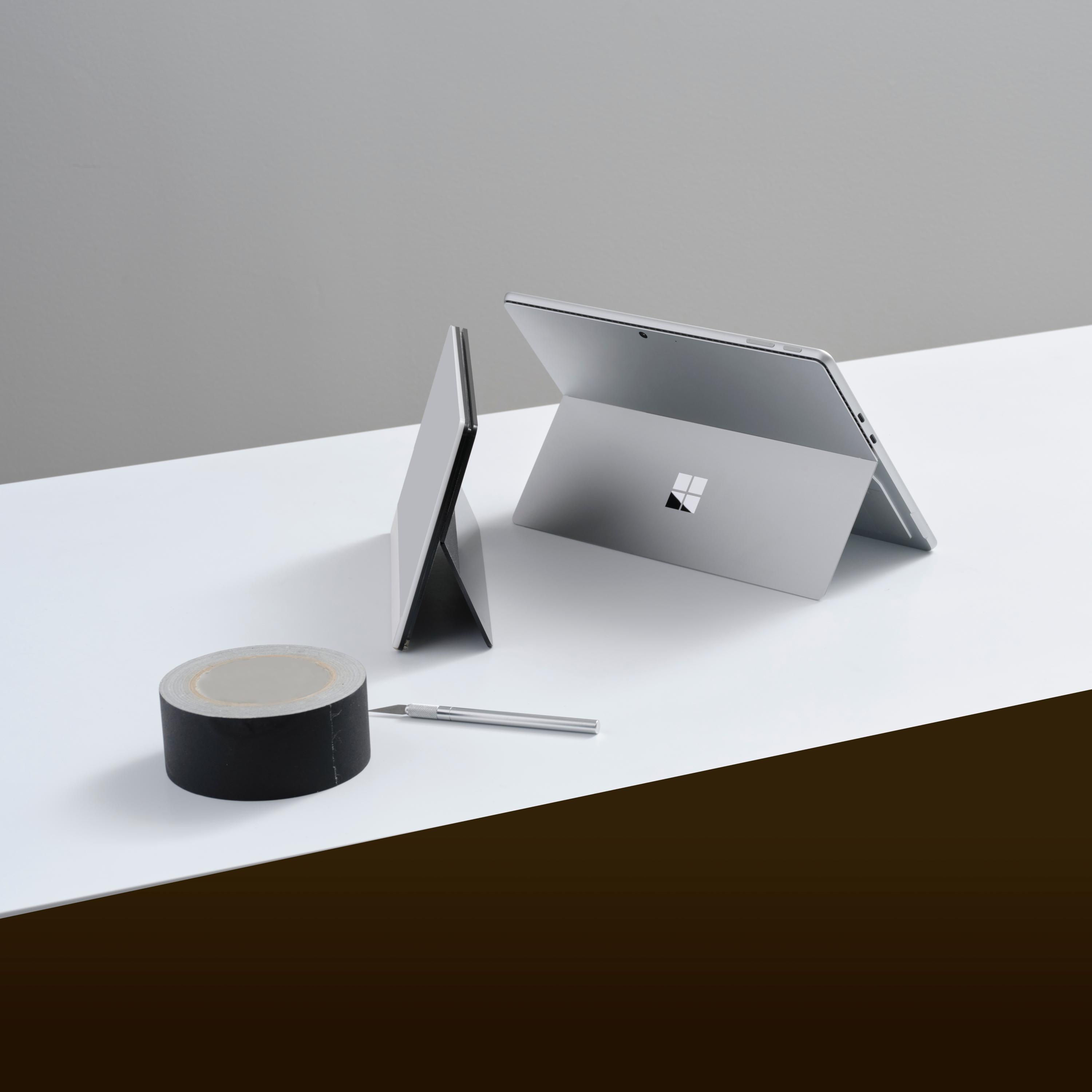
The range expanded to incorporate the Surface Laptop, Studio, Hub, Book and Duo (the latter a folding phone that continues to improve). Groene cites the Surface Studio as an example of what he describes as a particular ‘moment of weightlessness’. The flagship desktop device fulfilled the design team’s vision for a ‘floating sheet of pixels’ in front of the user.
Receive our daily digest of inspiration, escapism and design stories from around the world direct to your inbox.
For Kyriacou, it was the Surface Pro 3 that marked the point the platform had really matured. ‘It was a full laptop, but also a pen tablet,’ he says, pointing out how long it took to refine the physical thinness of the devices. Neither designer can be drawn on what might come next. ‘A chair is designed through the behaviour of sitting, and a laptop through the behaviour of typing,’ Groene says. ‘It’s not the greatest experience for using a pointer, sketching or even note-taking.’

As a result, Microsoft seems happy to let different form factors exist as hubs for different activities. The suggestion that tablets would swiftly kill off laptops has proved wide of the mark. While innovations like the well-received Windows 11 gave computing a boost, so did more unpredictable events like the pandemic.
Groene admits to having a ‘closet full’ of new ideas. ‘The best technological objects become an extension of us,’ he says. ‘In the next five years, I’d predict that things will change so much more than in the last five years. Think of how money has evolved from being a tangible object into a virtual one. Data is not the same thing, of course, but it follows the same path.’
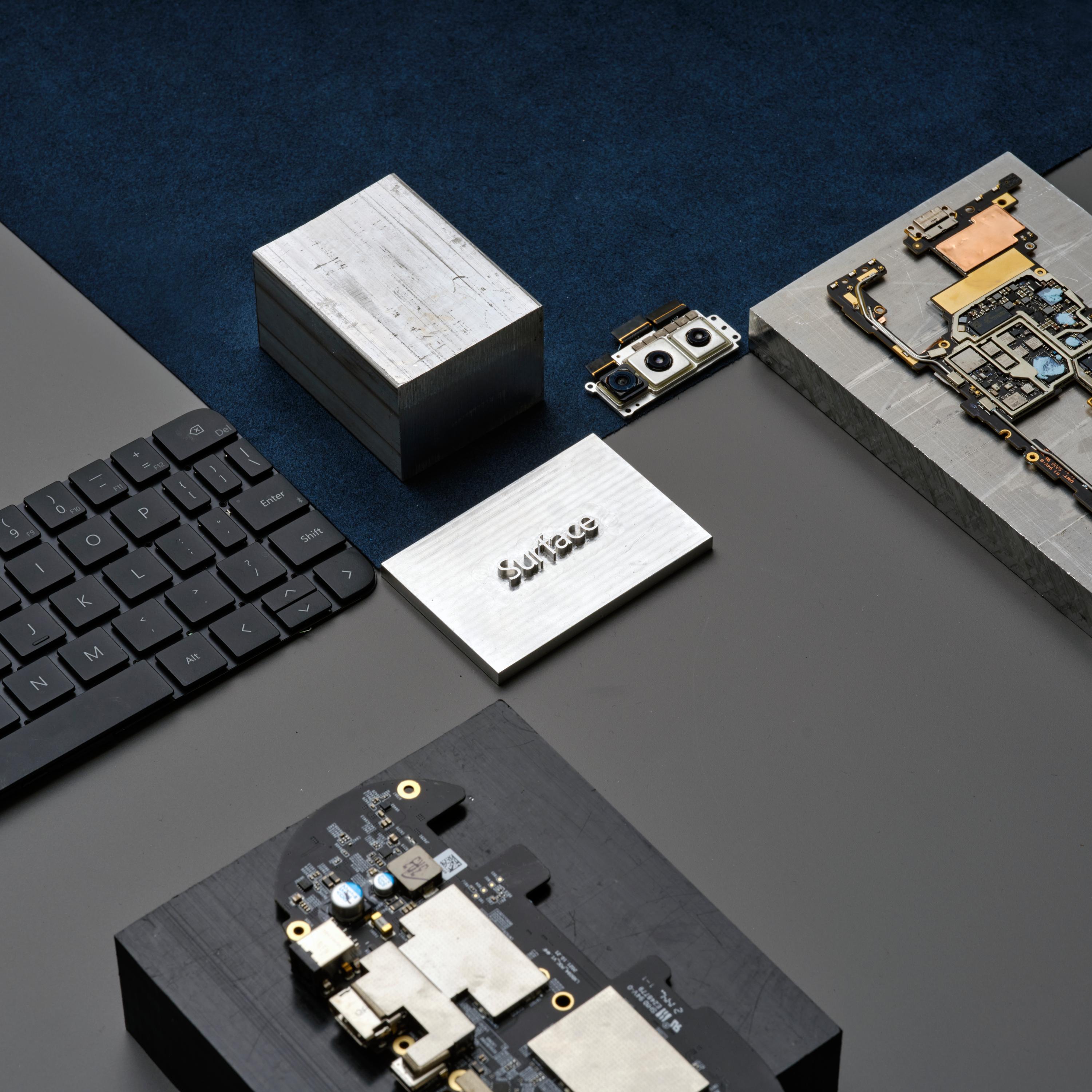
‘We’re well placed to blur the lines of technology so that people don’t notice them,’ Kyriacou adds, explaining that AI will be making big leaps in how sound and images are presented on things like video calls. On top of this, there’s a hint that we’ll be moving from a two-dimensional data environment into a three dimensional one.
Finally, there’s the age-old issue of sustainability. ‘We’re committed to carbon reduction, but that’s very hard to achieve if you create hardware,’ Kyriacou says, pointing to an increase in bio-based materials in the current Surface line. ‘As a designer, I always enjoy making products with great quality materials,’ says Groene. ‘Things like leather and wood break in rather than wear out.’ Perhaps one day we’ll reach a point where hardware is mature enough to run practically anything, and the constant cycle of upgrades is a thing of the past. All our design embodies our business pillars – sustainability, accessibility, and security and privacy,’ he concludes. ‘These will be represented in the products we make.’
Jonathan Bell has written for Wallpaper* magazine since 1999, covering everything from architecture and transport design to books, tech and graphic design. He is now the magazine’s Transport and Technology Editor. Jonathan has written and edited 15 books, including Concept Car Design, 21st Century House, and The New Modern House. He is also the host of Wallpaper’s first podcast.
-
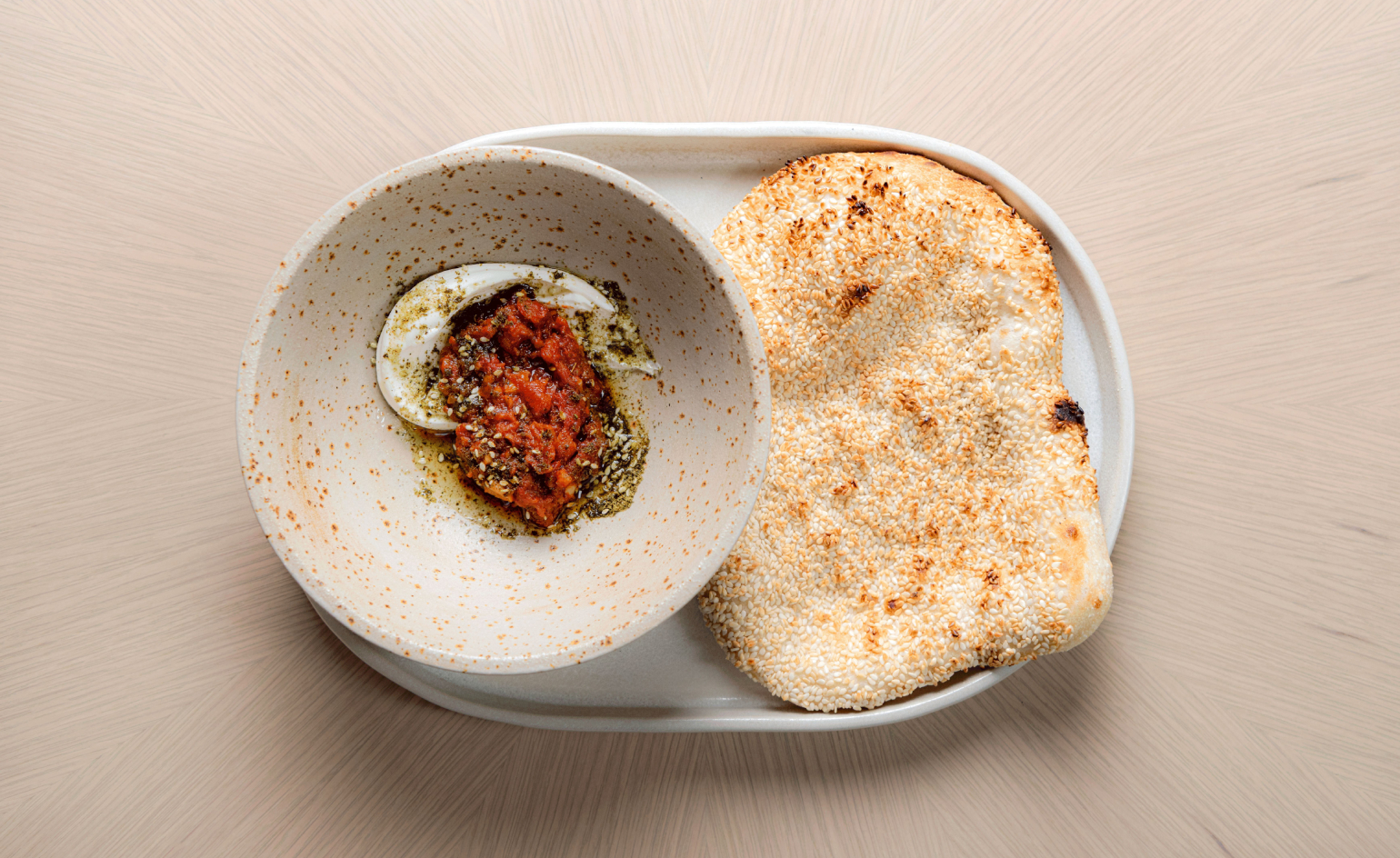 Nela is London's new stage for open-fire gastronomy
Nela is London's new stage for open-fire gastronomyA beloved Amsterdam import brings live-fire elegance to The Whiteley’s grand revival
-
 How we host: with Our Place founder, Shiza Shahid
How we host: with Our Place founder, Shiza ShahidWelcome, come on in, and take a seat at Wallpaper*s new series 'How we host' where we dissect the art of entertaining. Here, we speak to Our Place founder Shiza Shahid on what makes the perfect dinner party, from sourcing food in to perfecting the guest list, and yes, Michelle Obama is invited
-
 Matteo Thun carves a masterful thermal retreat into the Canadian Rockies
Matteo Thun carves a masterful thermal retreat into the Canadian RockiesBasin Glacial Waters, a project two decades in the making, finally surfaces at Lake Louise, blurring the boundaries between architecture and terrain
-
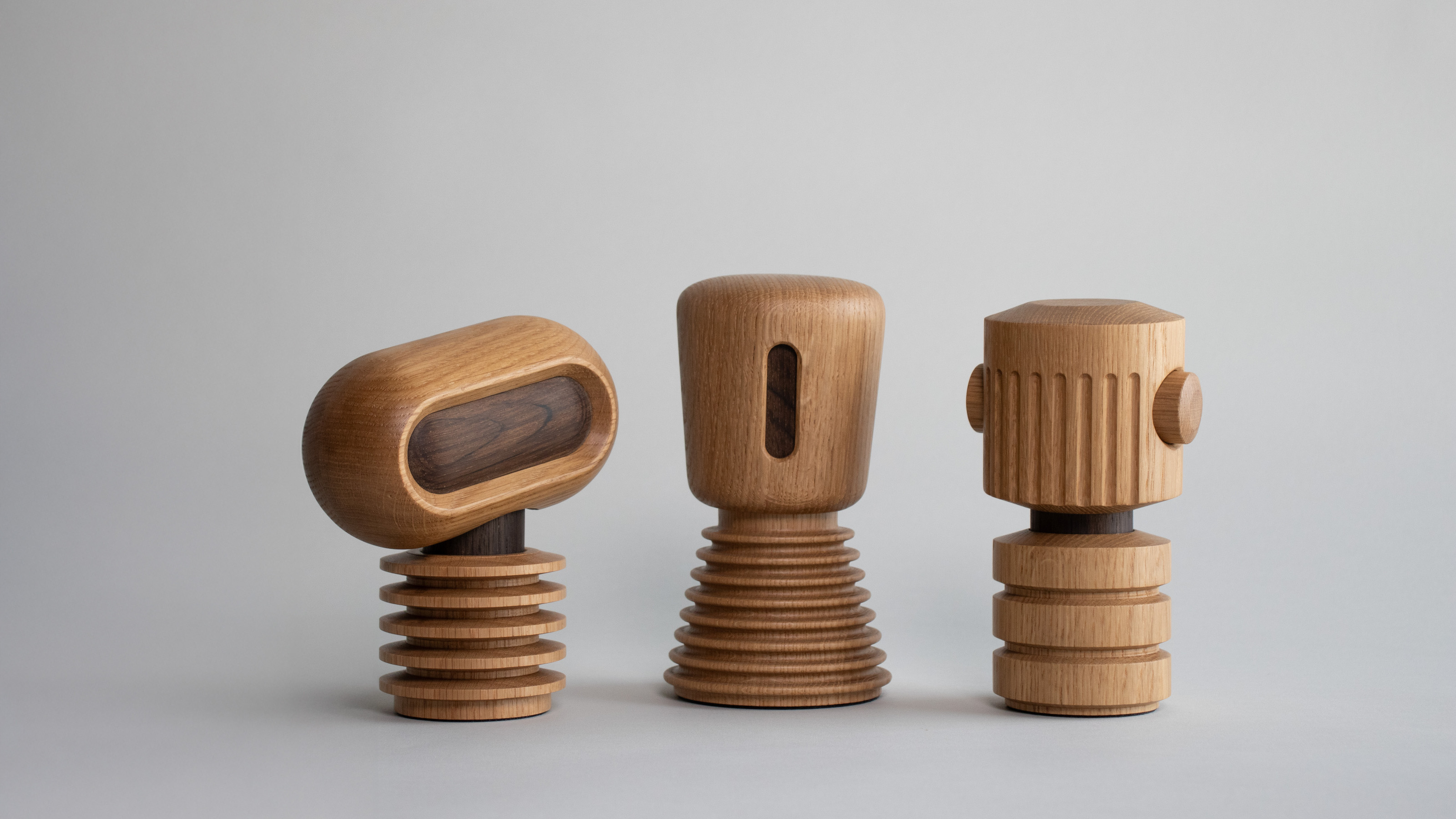 Forget the sensor-stuffed smart home and opt for these bots made from warm Danish oak instead
Forget the sensor-stuffed smart home and opt for these bots made from warm Danish oak insteadSwift Creatives have debuted their conceptual Wooden Bots, smart notification systems concealed within a trio of sculptural, highly crafted, but still recognisably robotic devices
-
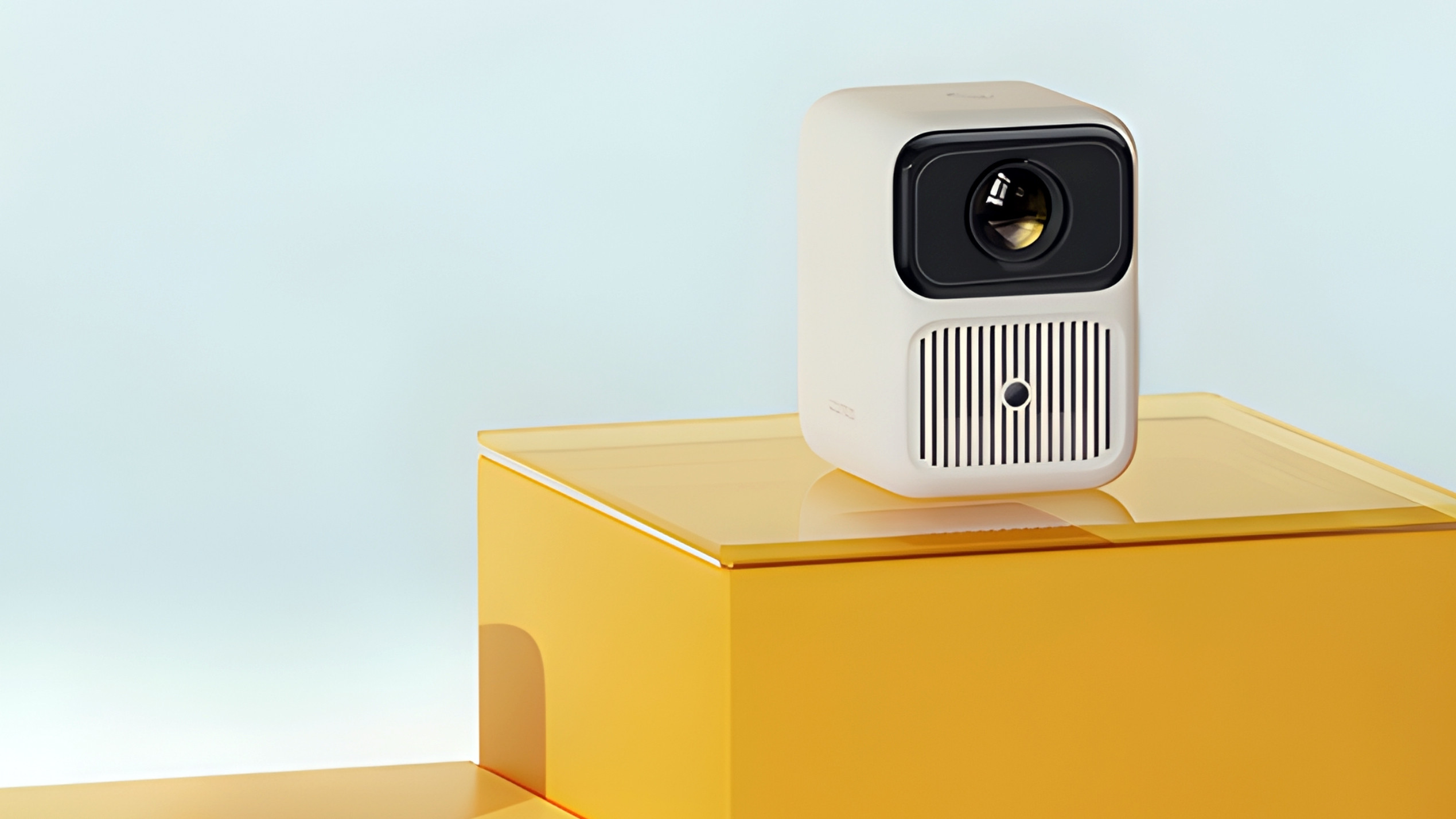 Two new portable projectors from Wanbo and Soundcore showcase extremes of scale
Two new portable projectors from Wanbo and Soundcore showcase extremes of scaleThe ultra-compact Wanbo Dali 1 goes up against Soundcore’s mighty Nebula X1 Pro mobile theatre system
-
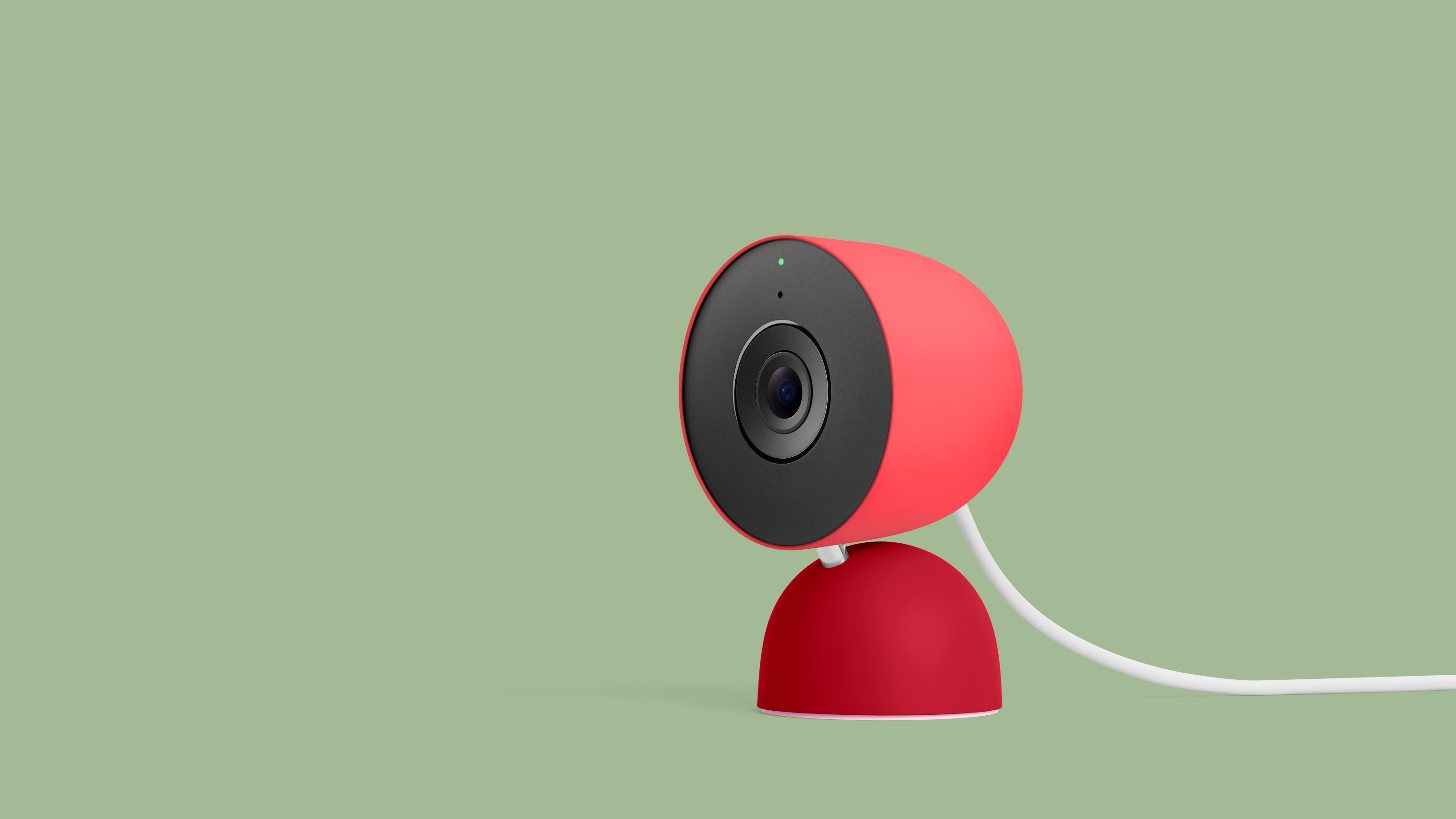 Google Home gets a glow-up as Gemini joins the party with its uncanny observational skills
Google Home gets a glow-up as Gemini joins the party with its uncanny observational skillsYour smart speaker becomes sentient and you now have your own NSA-grade domestic surveillance set-up. Welcome to the terrifying power of Gemini-enabled Google Home
-
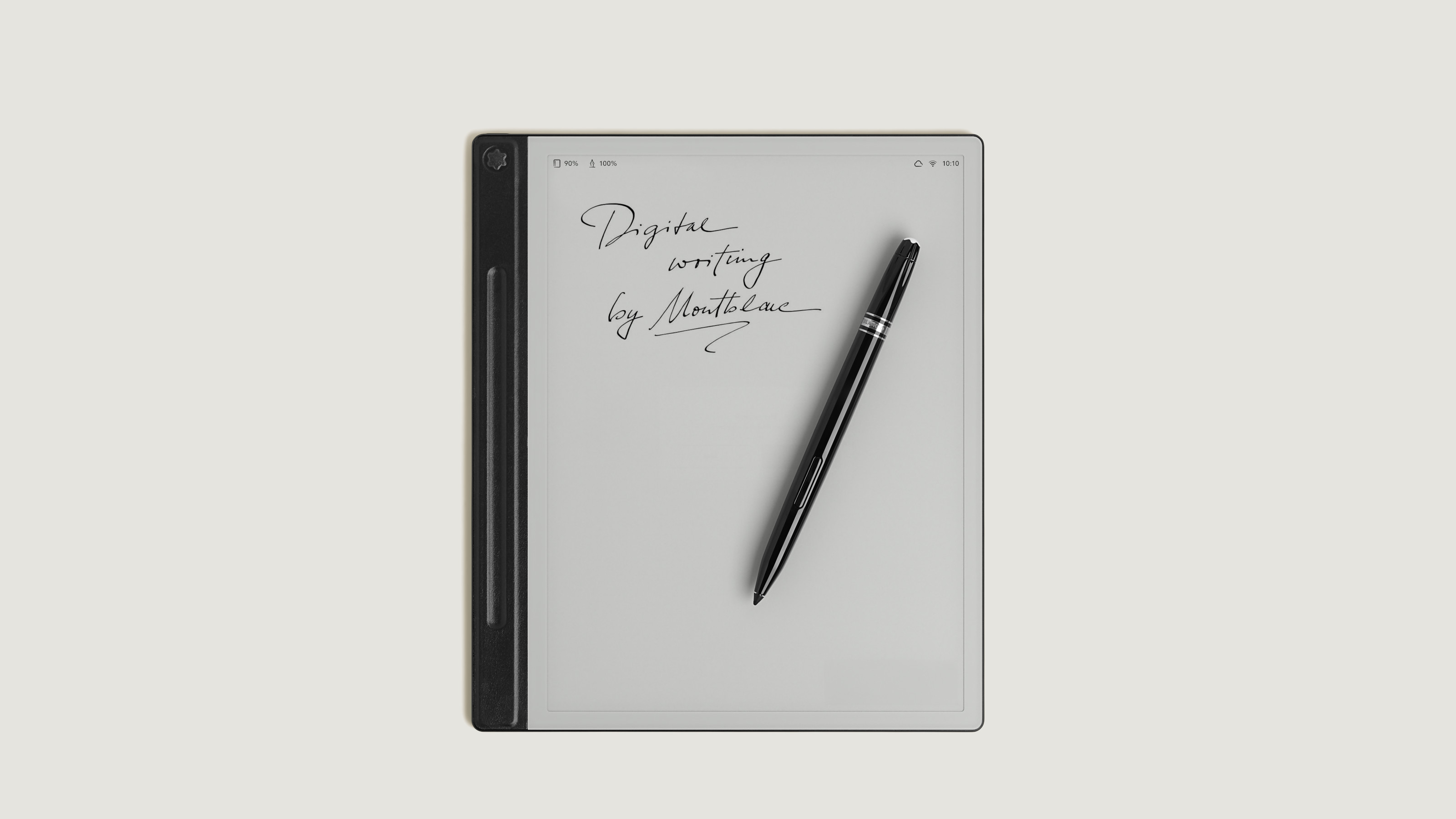 Montblanc’s new Digital Paper and Digital Pen are high-end entries into the e-ink club
Montblanc’s new Digital Paper and Digital Pen are high-end entries into the e-ink clubFamed for its traditional writing instruments, Montblanc brings its premium approach to the digital realm
-
 Back to black: five new coffee machines serve up everything from smooth filter to rich espresso
Back to black: five new coffee machines serve up everything from smooth filter to rich espressoFrom bean to cup, there’s no messing up with these five new coffee machines, offering a fine selection of coffees in a variety of sizes
-
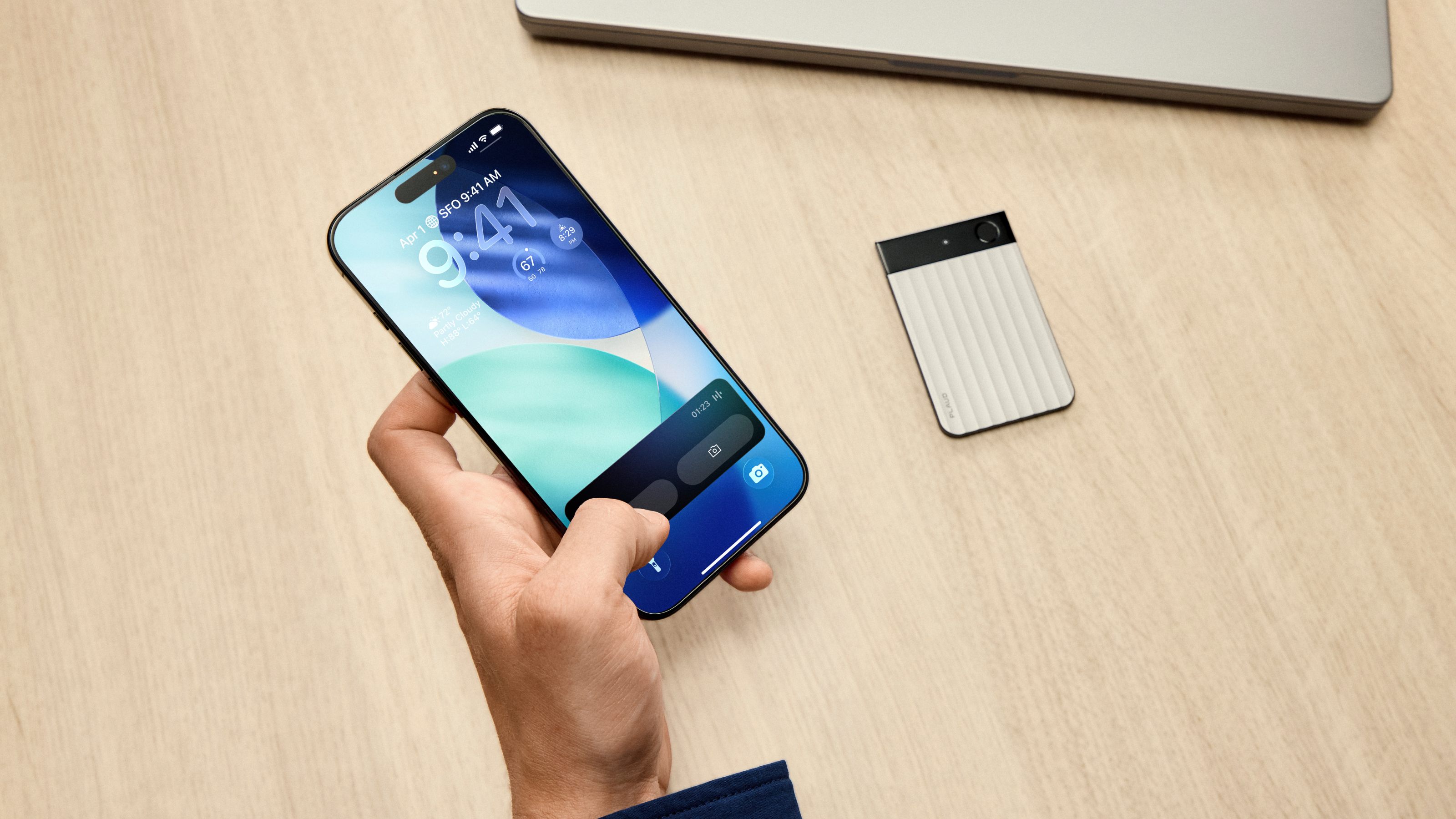 The new Plaud Note Pro deploys AI to transform the spoken word into searchable data
The new Plaud Note Pro deploys AI to transform the spoken word into searchable dataThe Note Pro promises full-on conversational AI, a pocketable device that can capture roundtable chats and correctly attribute speakers and action points. Help or hindrance?
-
 The Hasselblad X2D II 100C takes the iconic camera brand to a new level of sophistication
The Hasselblad X2D II 100C takes the iconic camera brand to a new level of sophisticationSweden’s most sophisticated camera manufacturer announces a new flagship medium-format digital camera and zoom lens
-
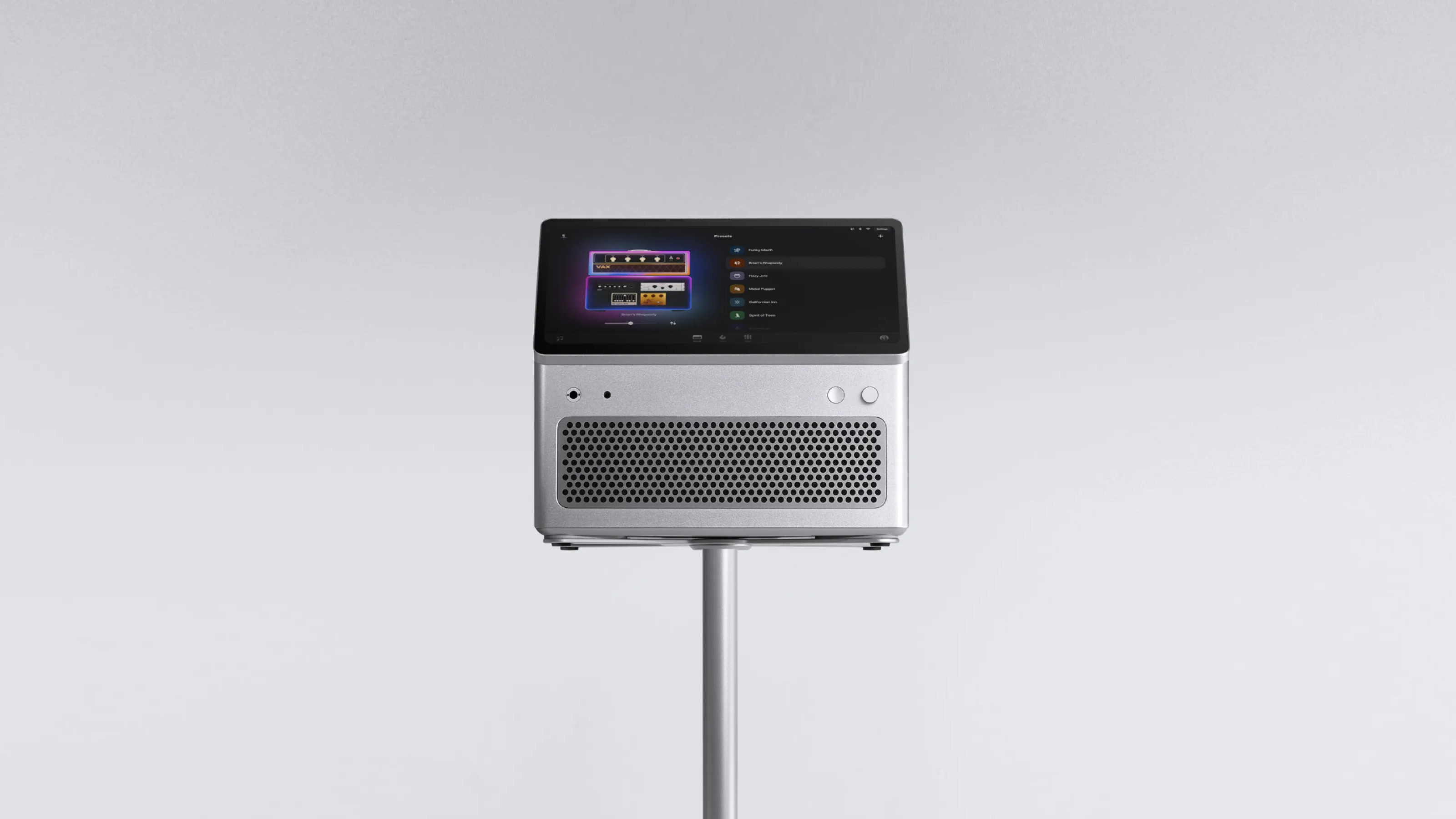 Lava Studio is a sleek studio-in-a-box for guitarists seeking the ultimate portable tool
Lava Studio is a sleek studio-in-a-box for guitarists seeking the ultimate portable toolLava Music's new Studio is an elegant touchscreen-powered guitar effects unit with multi-track recording, AI tips and tricks and a powerful integrated speaker